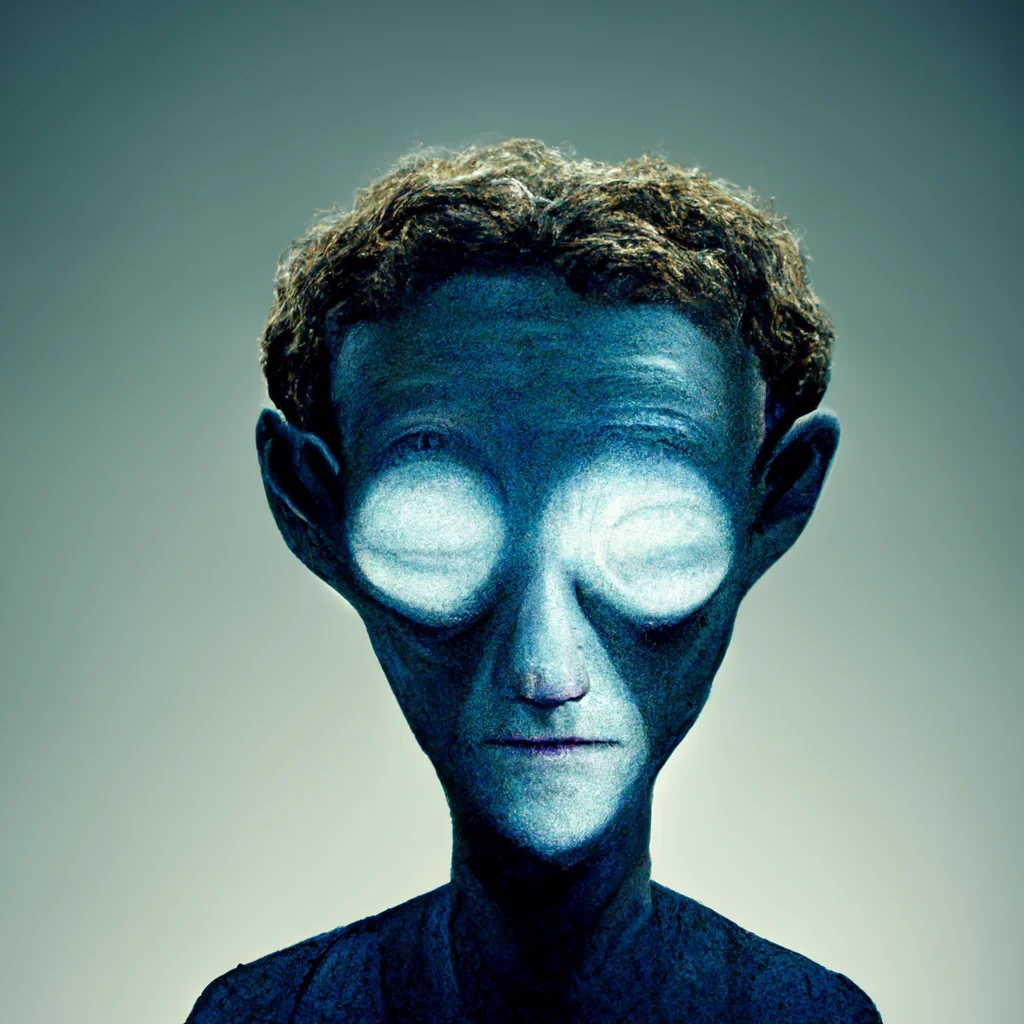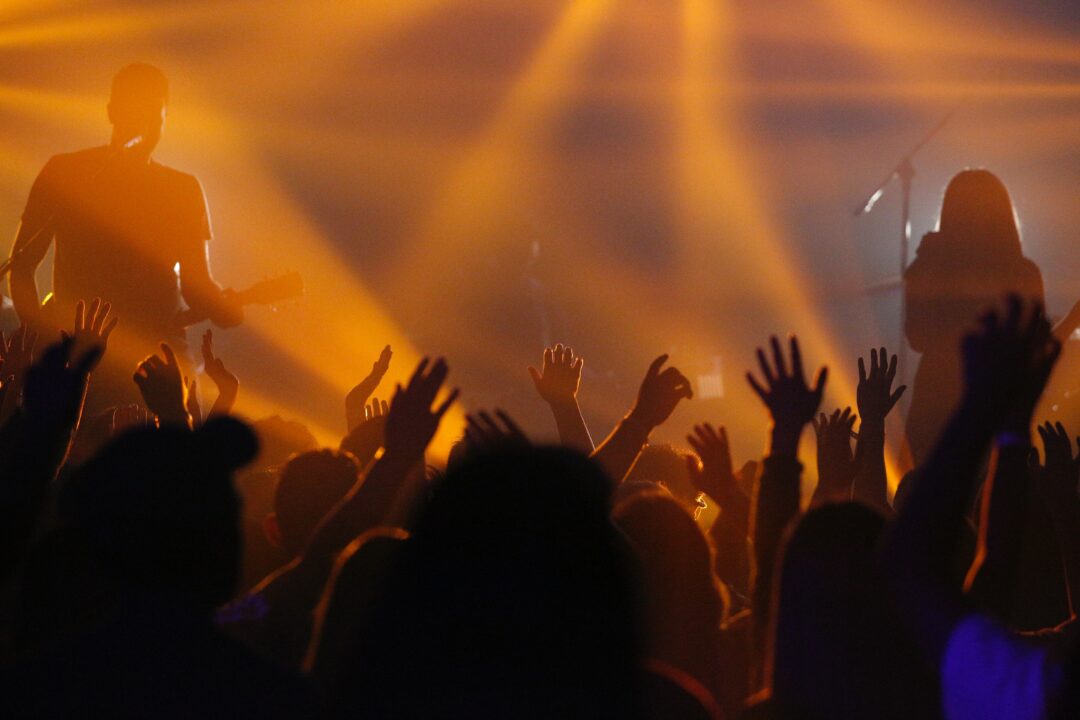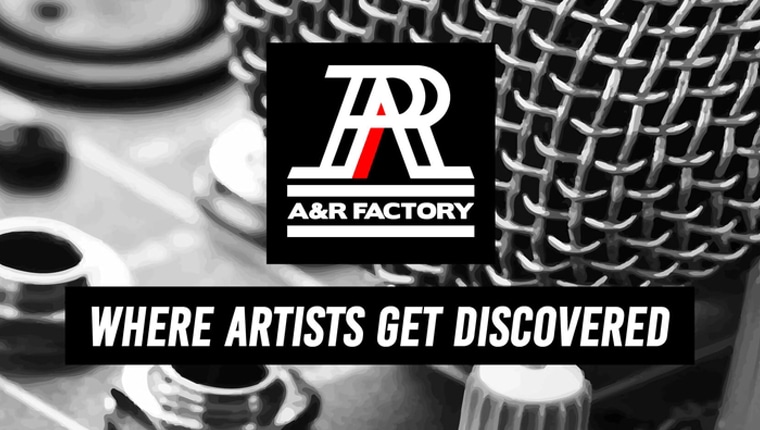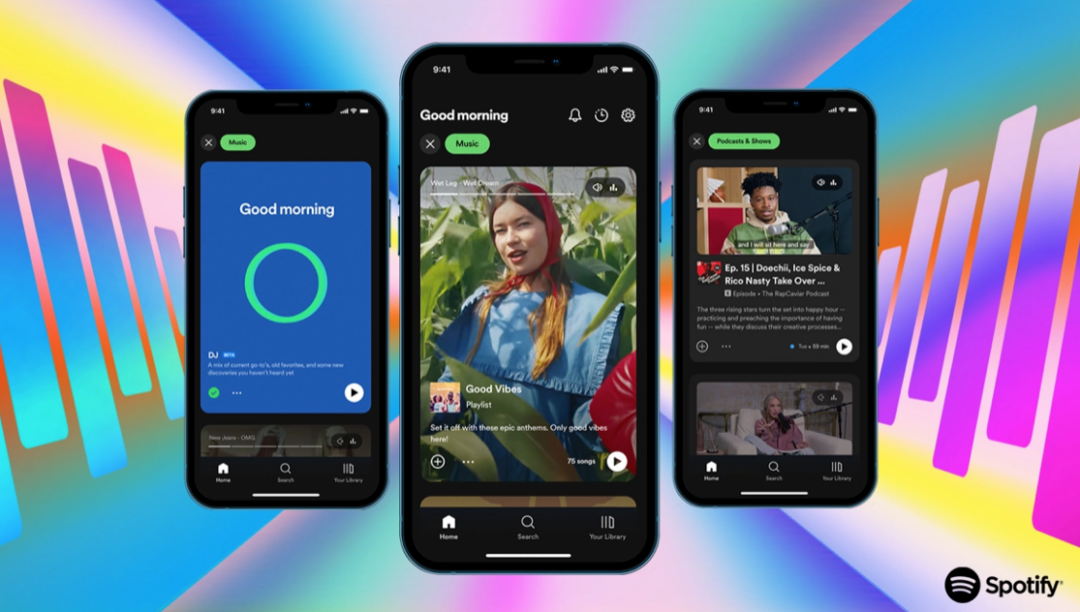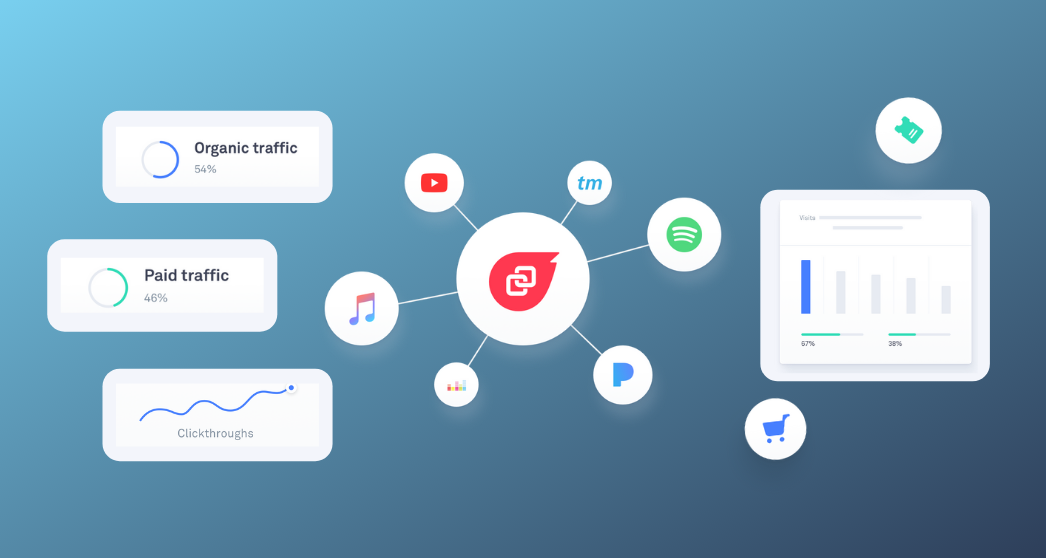Let’s get one thing straight: if you’re an independent artist looking to expand your fan base, interviews are not the battlegrounds to prove your intellectual superiority or flaunt how much you despise the mainstream. Instead, they’re your opportunity to make your story relatable, your music engaging, and your personality memorable.
Yet, so many artists fall into the trap of pretentious posturing, treating interviews like a chore and coming across as if they’re too tortured, complex, or “real” to connect with anyone.
It’s understandable; cultivating an image that reflects your artistic ethos can be tricky. But there’s a fine line between being enigmatic and being insufferable. If your goal is to alienate potential fans and leave journalists regretting the hour they spent with you, by all means, continue giving monosyllabic answers or delivering monologues about how misunderstood you are. If, however, you want people to care about your music and your journey, it’s time to take a hard look at how you present yourself.
The Problem with the “Tortured Artist” Persona
The archetype of the tortured artist has been romanticised for centuries, but in today’s oversaturated music industry, it’s become a cliché that often does more harm than good. Sure, Morrissey, Mark E Smith, and Ian Curtis managed to pull it off, but they had the genius and cultural timing to back it up. Most importantly, they balanced their broodiness with charisma or at least enough mystery to keep people interested.
For independent artists, the tortured artist shtick can come across as exhausting rather than compelling. Constantly reminding the world how misunderstood and “above it all” you are won’t inspire listeners to connect with your music; it’ll make them roll their eyes and move on. The reality is, fans don’t owe you their attention. If you want to build a loyal following, you have to earn it—and that means meeting people where they are, not demanding they climb your pedestal to worship you.
Dry, Dismissive Answers Will Kill Your Momentum
Interviews are an extension of your artistry. They’re a platform for you to tell your story, build your brand, and give fans a glimpse into your world. So why do so many artists treat interviews like an obligation they’re desperate to escape?
Giving curt, dismissive, or “too cool for this” answers in an interview isn’t edgy; it’s lazy. If you’ve ever read an interview with an artist who mumbles their way through basic questions or offers cryptic one-word responses, you know how excruciating it is. It doesn’t matter how great your music is—if you can’t articulate why it matters or how it reflects who you are, people will lose interest.
Even iconic artists like Ian Curtis, who was notoriously reserved, managed to offer thoughtful insights when pressed. His interviews painted a picture of someone who was deeply introspective but also passionate about his craft. He didn’t have to be a showman because he let his authenticity shine through without the pretence of disdain for the process.
If you find yourself struggling with interviews, here’s a simple fix: think of them as conversations, not interrogations. Be open, be honest, and—most importantly—be interesting. Your answers should invite readers into your world, not slam the door in their faces.
Stop Mistaking Mystery for Apathy
Mystique is a powerful tool when wielded correctly, but there’s a difference between being intriguing and being obtuse. If your strategy is to be so ambiguous that nobody knows what you stand for, don’t be surprised when people lose interest.
Consider Mark E Smith of The Fall. His interviews were often confrontational and filled with cryptic anecdotes, but he always left an impression. His eccentricity and unpredictability were part of his charm, and he never fell into the trap of bland indifference. He was passionate, even in his disdain for certain topics, and that’s what made him compelling.
On the flip side, if you spend your interviews acting like you couldn’t care less about your music or your fans, don’t expect anyone to care either. Mystery isn’t about withholding; it’s about sharing just enough to make people want more. Strike a balance between being open and maintaining a sense of allure. You’re an artist, not an algorithm—show some humanity.
Building a Connection Beats Building a Persona
At the end of the day, fans want to feel connected to the artists they admire. That doesn’t mean you have to share every intimate detail of your life, but it does mean you need to let people see the person behind the music. This is especially true for independent artists, who don’t have the luxury of massive PR machines to craft their image.
Look at artists who’ve managed to cultivate a dedicated fan base without pandering to mainstream tastes. They succeed because they’re relatable, not untouchable. They share their struggles, their triumphs, and their quirks in ways that make listeners feel like they’re part of the journey.
Even someone like Morrissey, whose interviews often veer into the absurd or controversial, understands the importance of engaging with his audience. Love him or loathe him, you can’t deny he knows how to spark a reaction. And while his approach may not work for everyone, it’s a reminder that your personality is just as important as your music when it comes to building a lasting legacy.
Conclusion: Drop the Act and Be Real
If there’s one takeaway from this, it’s that authenticity trumps pretentiousness every time. Fans don’t want to worship an untouchable deity; they want to connect with someone who feels real. So, ditch the tortured artist persona, stop giving lifeless answers in interviews, and start thinking about how you can use every interaction to build your audience.
Remember, you’re not Morrissey or Ian Curtis—you’re an independent artist trying to carve out a space in an unforgiving industry. The sooner you drop the act and start being yourself, the sooner people will start paying attention for all the right reasons. Don’t let your ego get in the way of your potential. After all, music is about connection, not alienation.
Article by Amelia Vandergast


